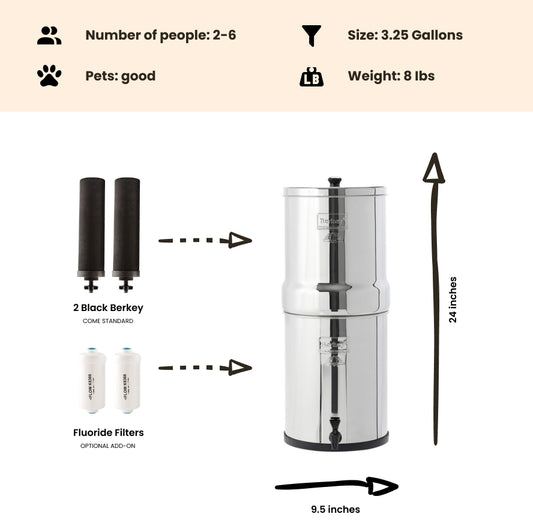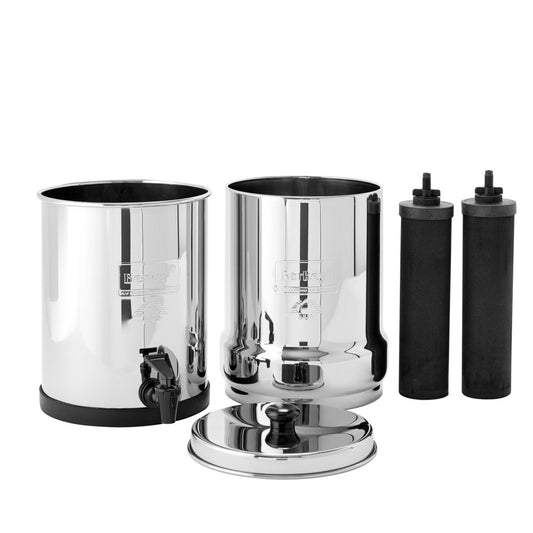Water Monitoring Goes High Tech
By Dan DeBaunShare
As the global human population continues to grow, along with its increasing demand for precious water, it is vital that water resources are appropriately monitored to ensure our continued survival in the future ahead. New technologies could improve the way water resources are monitored, making it easier to identify changes in flow rates of rivers.
Now, researchers from the Utah State University have come up with a method to do just that. A study that was recently published in the scientific journal Water Resources Research, shows that aerial imagery captured from drones and helicopters offers a cost effective and accurate alternative to conventional field methods typically used to monitor rivers.
"We are headed into uncharted territory as climate change alters water supply and population growth increases demand," said lead-author, Tyler King, a PhD candidate at Utah State University. "In the face of these challenges, scientists, engineers and managers around the world are asked to perform the increasingly difficult task of managing water resources with less and less information."
The number of sites where river discharge is monitored directly from gauging stations is limited and declining. It is both time consuming and expensive to establish and maintain these stations. Consequently, large rivers that are economically and/or socially important are typically given preference. Furthermore, additional remote sensing methods that depend on data collected from satellites have also been developed, however the data provided is less detailed and again tends to focus on larger rivers across the world. Due to the lack of detailed information on the state of smaller rivers, scientist have very limited knowledge of the processes controlling the quality and quantity of river water in these smaller drainage basins.
The approach presented in this study strives to fill the current data gaps by gathering information from high-res aerial images and using this to estimate flow rates at sites along smaller streams and rivers that would typically be overlooked. The information collected fills in the gaps left by conventional gauging stations that monitor specific sites along larger rivers and satellite remote sensing that scientists use to estimate flow rates of larger rivers.
The authors new method makes use of a combination of techniques, including image processing and hydraulic modeling, that limits the amount of data needed to estimate river flow. By overlapping aerial images they are able to produce 3-D digital elevation models of the river channels they wish to monitor. The information garnered from these 3-D digital elevation models is then entered into a hydraulic model, which estimates the relationship between river width and river discharge. Once the models have been developed, any observations of river width — including ground observations, satellite imagery and aerial imagery — can be used to estimate river discharge.
"Remote sensing methods like these can significantly improve our ability to understand hydrologic responses to a changing climate in small, ungauged watersheds around the world," said Bethany Neilson, an associate professor at USU and co-author of the study.
Journal Reference
Tyler V. King , Bethany T. Neilson , Mitchell T. Rasmussen. Estimating Discharge in Low‐Order Rivers With High‐Resolution Aerial Imagery. Water Resources Research. (Feb 2018). DOI: 10.1002/2017WR021868
-
Regular price $234.00 USDRegular priceUnit price / per
-
Regular price $327.00 USDRegular priceUnit price / per
-
Regular price From $367.00 USDRegular priceUnit price / per
-
Regular price From $408.00 USDRegular priceUnit price / per
-

 Sold outRegular price From $451.00 USDRegular priceUnit price / per
Sold outRegular price From $451.00 USDRegular priceUnit price / per -
Regular price From $478.00 USDRegular priceUnit price / per
-
Regular price $332.50 USDRegular priceUnit price / per
$350.00 USDSale price $332.50 USDSale

Dan DeBaun is the owner and operator of Big Berkey Water Filters. Prior to Berkey, Dan was an asset manager for a major telecommunications company. He graduated from Rutgers with an undergraduate degree in industrial engineering, followed by an MBA in finance from Rutgers as well. Dan enjoys biohacking, exercising, meditation, beach life, and spending time with family and friends.
~ The Owner of Big Berkey Water Filters

















Great to hear!
>> The number of sites where river discharge is monitored directly from gauging stations is limited and declining.
Is very sad news indeed. I would have thought they would be very much on the rise given how cheap the equipment and connectivity are getting!